The rush of water cascading over rocks creates an instantly calming effect that seems to wash away urban stress. Yet, most city dwellers never realize these natural sanctuaries exist just minutes from downtown areas.
Hidden within parks, tucked behind residential neighborhoods, or flowing through forgotten ravines, urban waterfalls offer surprising escapes from concrete and traffic. These geological features survived city development either through fortunate geography or deliberate preservation efforts by communities who recognized their value.
Many of these cascading gems remain relatively unknown even to longtime residents, creating opportunities for discovery and peaceful reflection within metropolitan areas. Here is a list of 20 lesser-known urban waterfalls across America that provide accessible natural experiences without leaving city limits.
Minnehaha Falls, Minneapolis, Minnesota
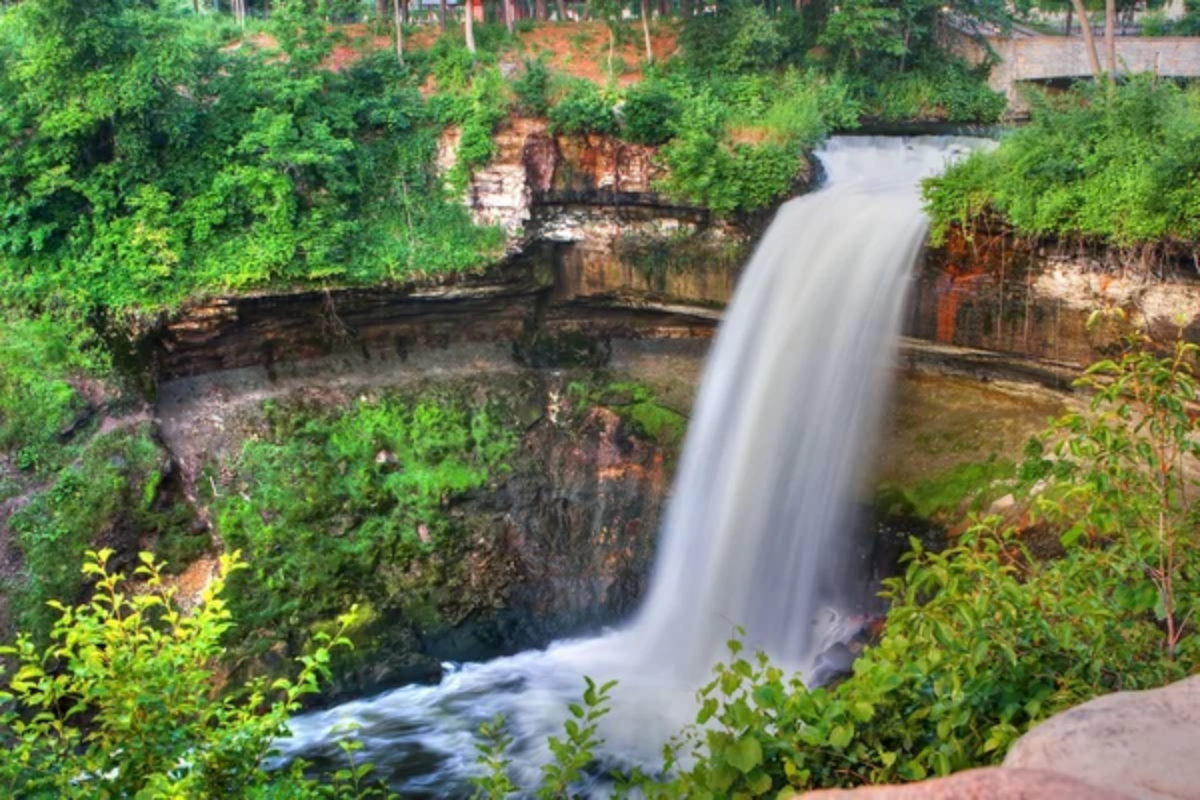
This 53-foot waterfall flows through Minnehaha Park just five miles from downtown Minneapolis, yet many visitors to the Twin Cities never discover this spectacular cascade. The waterfall maintains its power year-round as Minnehaha Creek plunges over limestone ledges into a gorge that eventually connects to the Mississippi River.
Winter transforms the falls into a dramatic ice sculpture while spring snowmelt creates thundering torrents that demonstrate the water’s impressive force.
Brandywine Falls, Cuyahoga Valley, Ohio
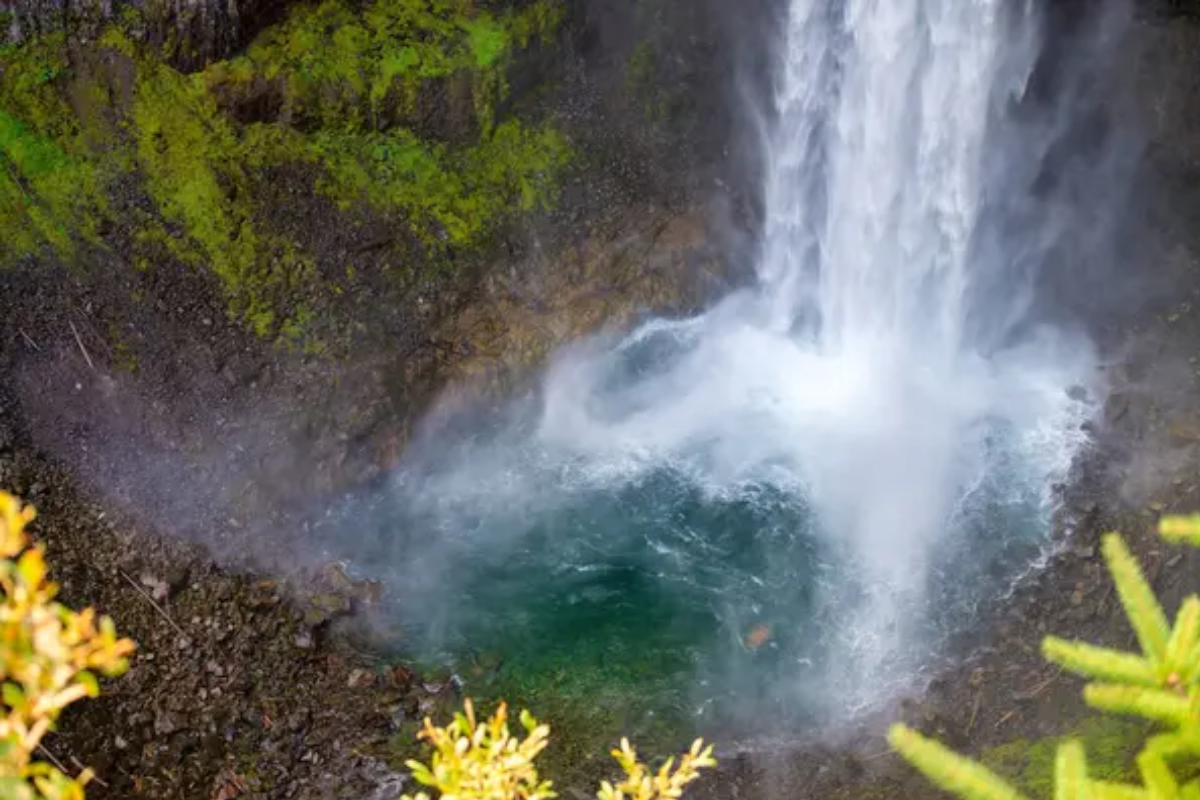
Located within the Cuyahoga Valley National Park between Cleveland and Akron, this 65-foot waterfall remains surprisingly unknown despite its proximity to major urban areas. The Brandywine Creek drops over Sharon conglomerate rock formations, creating a wide curtain of water that flows year-round.
The easy half-mile boardwalk trail from the parking area makes this waterfall accessible to visitors of all ages while providing interpretive information about the area’s geological history.
Like Travel Pug’s content? Follow us on MSN.
Jones Falls, Baltimore, Maryland
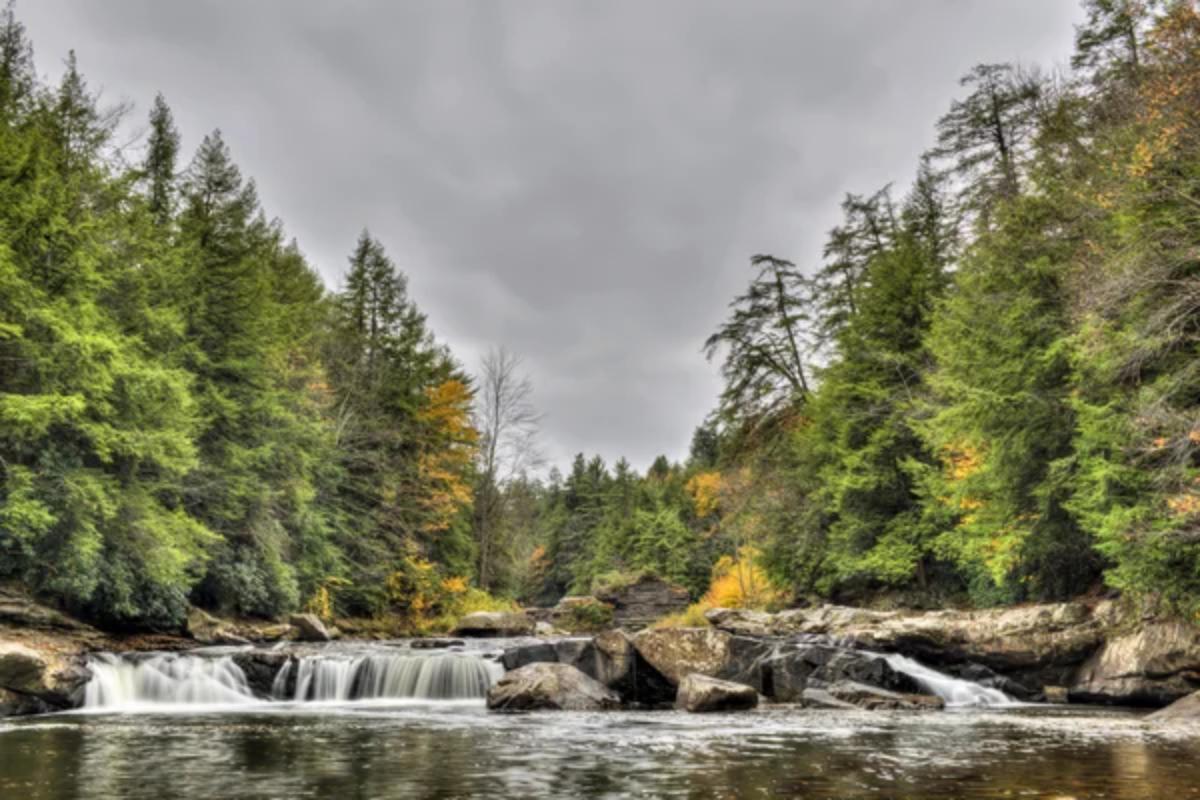
Hidden beneath Baltimore’s bustling downtown, Jones Falls once powered the city’s early mills before urban development buried much of the stream under streets and buildings. The waterfall remains visible in Druid Hill Park, where the stream emerges above ground and cascades over natural rock formations.
Few Baltimore residents realize this urban waterway continues flowing beneath their feet through a complex system of tunnels and culverts before reaching the Inner Harbor.
Glen Ellis Falls, North Conway, New Hampshire
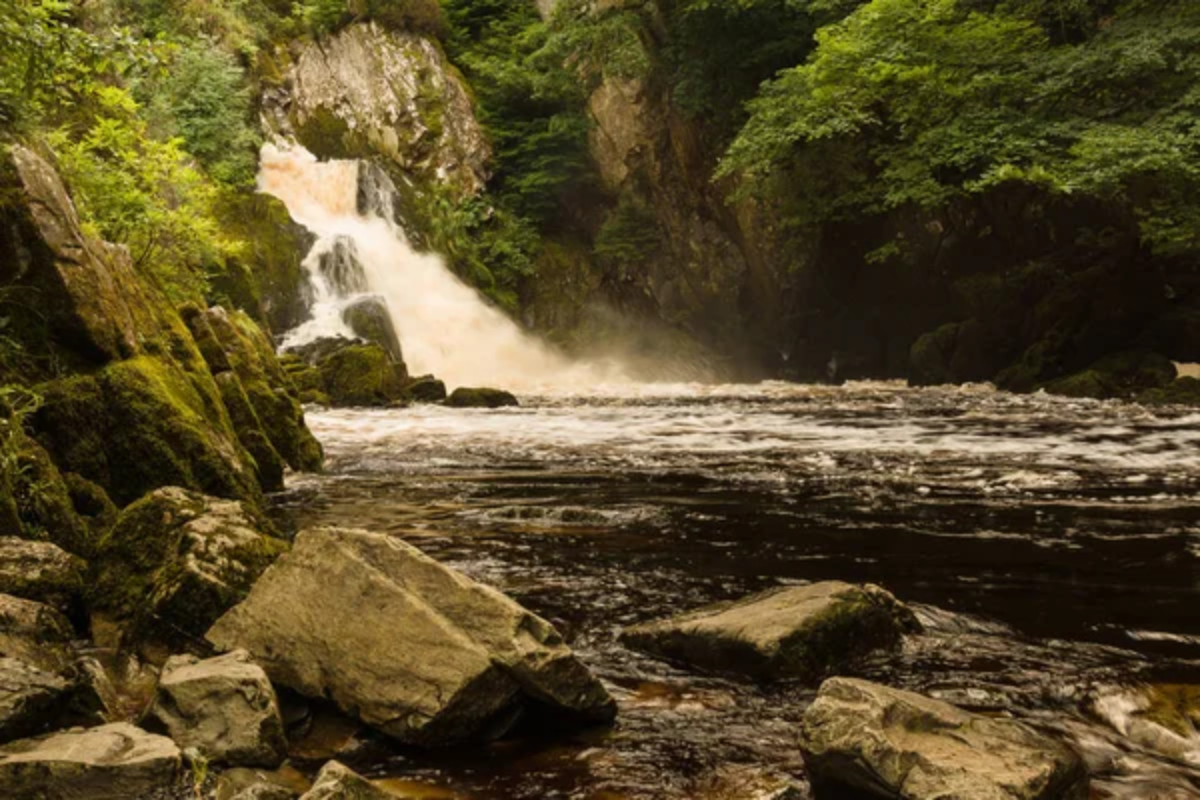
This 64-foot waterfall lies just outside the Mount Washington Valley’s commercial district, yet most visitors focus on outlet shopping and ski resorts miss this natural gem entirely. The Ellis River plunges through a narrow granite gorge, creating a dramatic vertical drop that can be viewed from multiple angles along a short trail.
The falls maintain impressive flow throughout most of the year due to the river’s source high in the White Mountains.
Bushkill Falls, Bushkill, Pennsylvania
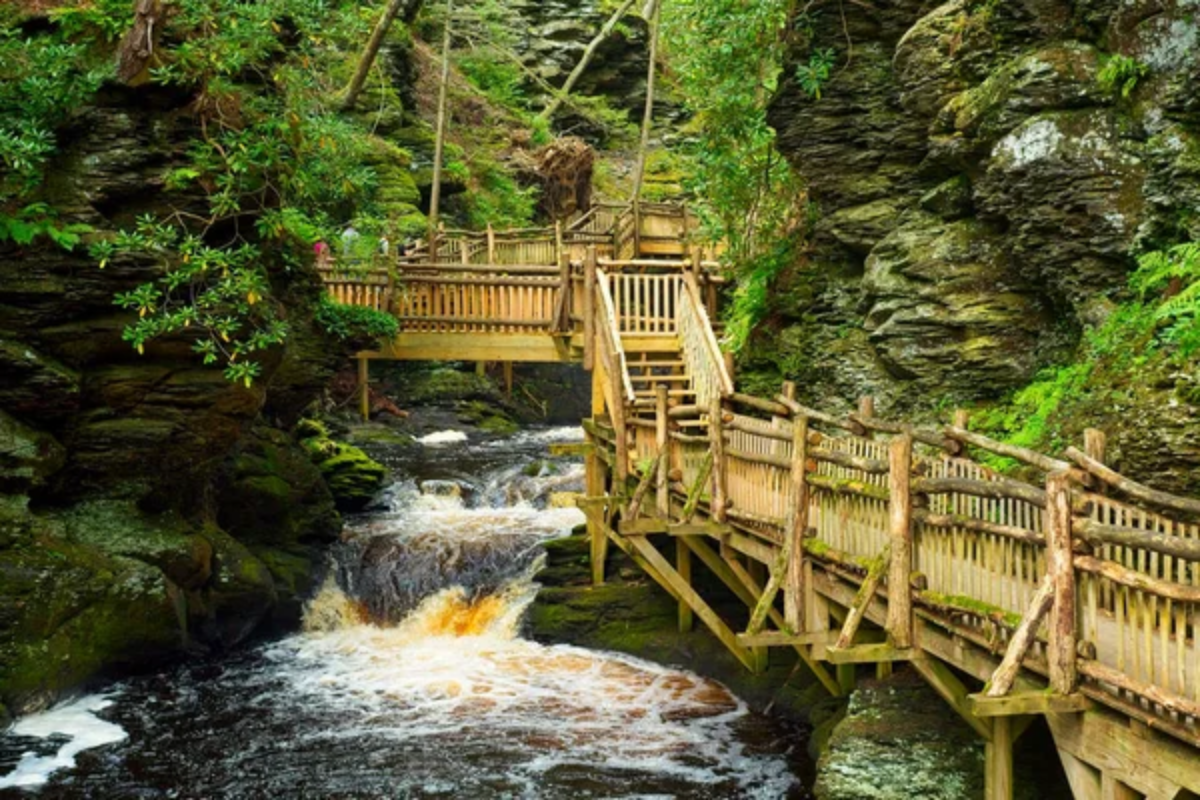
Known as the ‘Niagara of Pennsylvania,’ this 100-foot waterfall system is within an hour’s drive of both New York City and Philadelphia yet remains relatively undiscovered by urban populations. The main falls drop dramatically through a hemlock-shaded gorge, while eight additional waterfalls can be reached via interconnected trails of varying difficulty.
The privately operated facility includes well-maintained trails and bridges that provide safe viewing opportunities for the entire waterfall system.
Like Travel Pug’s content? Follow us on MSN.
Kaaterskill Falls, Catskill Mountains, New York
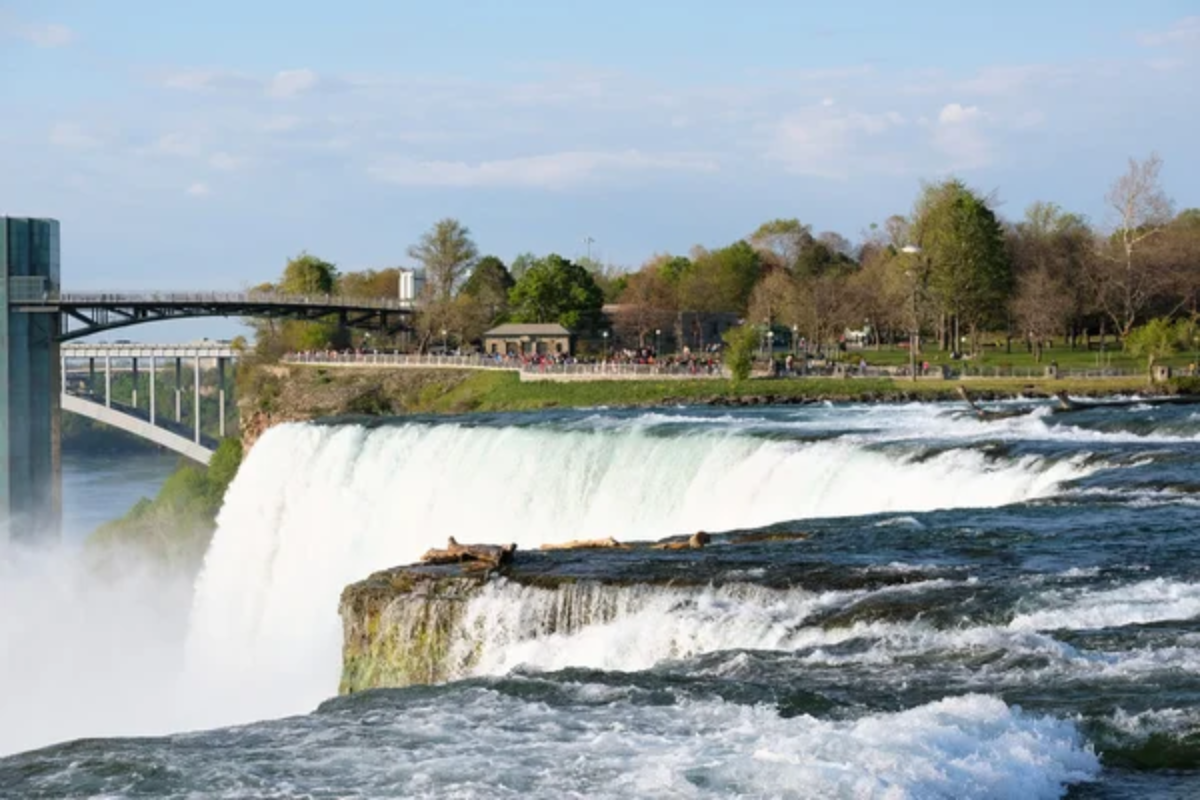
This two-tiered waterfall drops 260 feet, making it one of the highest in New York State. Yet it remains relatively unknown to New York City residents, just two hours away.
The upper falls plunge 175 feet before collecting in a pool and continuing over the 85-foot lower falls. The challenging hike to reach both viewing areas requires careful footing, but the dramatic views reward visitors with one of the most impressive waterfall experiences in the Northeast.
Crystal Falls, Tacoma, Washington

Tucked within Wright Park in downtown Tacoma, this modest waterfall provides a surprising natural element just blocks from the city center. The cascade flows over basalt formations through a carefully maintained landscape that preserves the natural character while providing easy pedestrian access.
Residents often discover this waterfall accidentally while walking through the park, creating delightful surprises in the heart of the urban environment.
Cascade Falls, Grand Rapids, Michigan
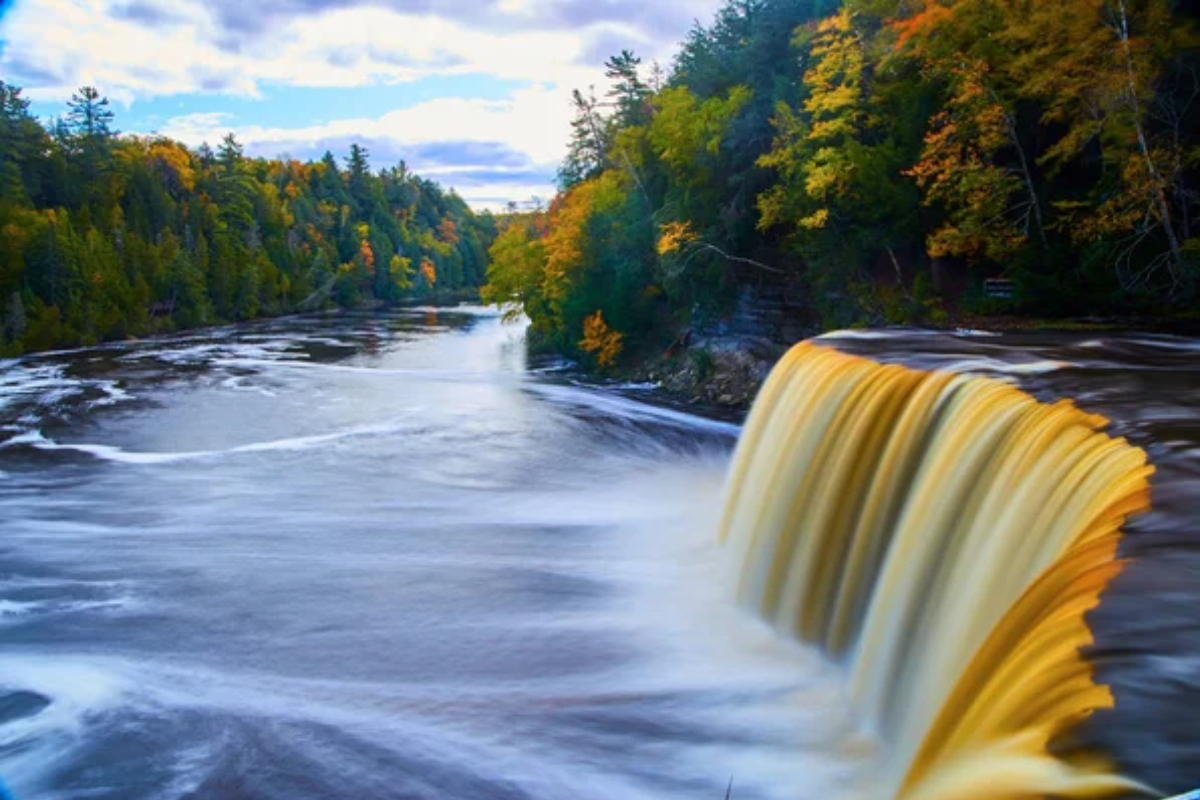
The Grand River’s rapids, which gave the city its name, include several waterfall-like features that flow directly through the downtown area. The most impressive cascade occurs near the Sixth Street Bridge, where the river drops over limestone ledges in a series of terraced falls.
These urban rapids provide excellent viewing opportunities from riverside parks and bridges while demonstrating how the city developed around its natural water features.
Like Travel Pug’s content? Follow us on MSN.
Glen Park Canyon Falls, San Francisco, California
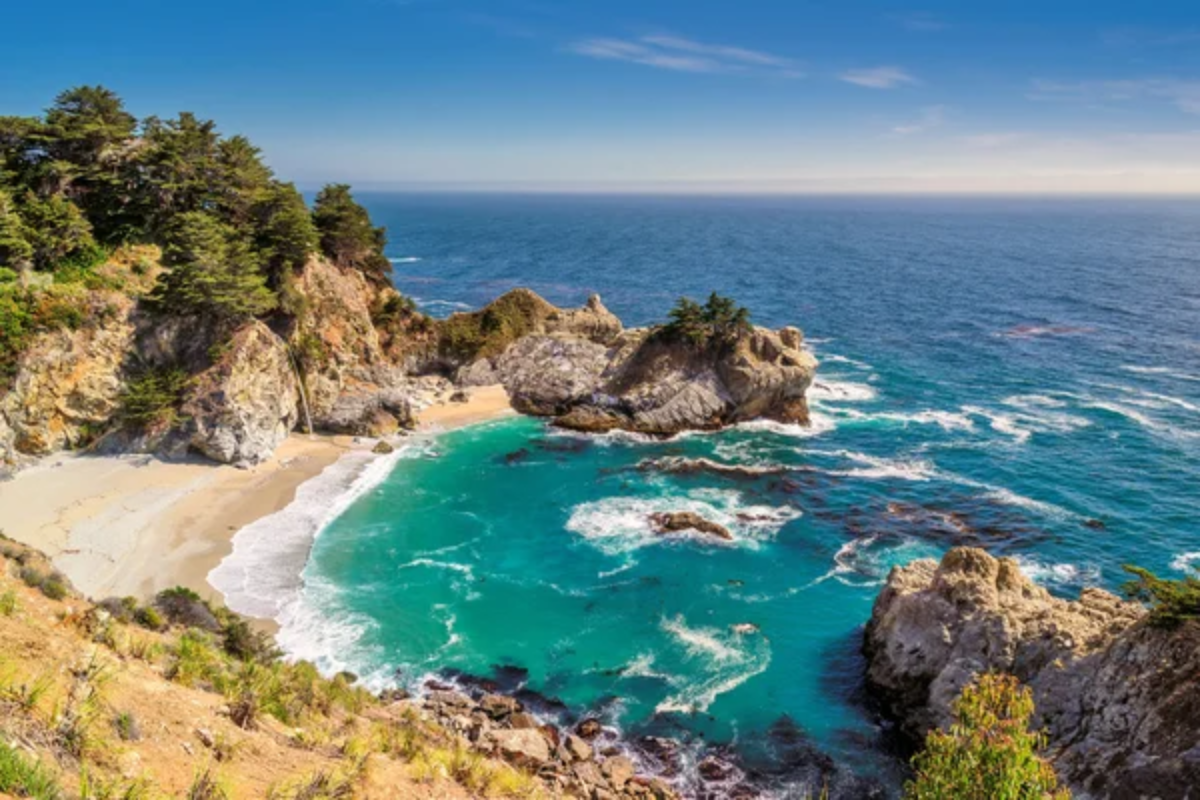
Hidden in a steep canyon within Glen Park, this seasonal waterfall flows during winter and spring months, just four miles from downtown San Francisco. The waterfall drops approximately 25 feet over serpentine rock formations in a narrow canyon that feels completely removed from urban surroundings.
The unmarked trail requires local knowledge to locate, keeping this natural treasure known primarily to neighborhood residents.
Whitewater Falls, Rochester, New York

The Genesee River creates multiple waterfall features as it flows through downtown Rochester, including the impressive High Falls that drops 96 feet just blocks from the city center. The surrounding Genesee River Gorge provides dramatic viewing opportunities from pedestrian bridges and riverside parks.
These urban waterfalls powered Rochester’s early flour mills and continue to generate hydroelectric power while providing recreational amenities for residents and visitors.
Tinker Creek Falls, Roanoke, Virginia
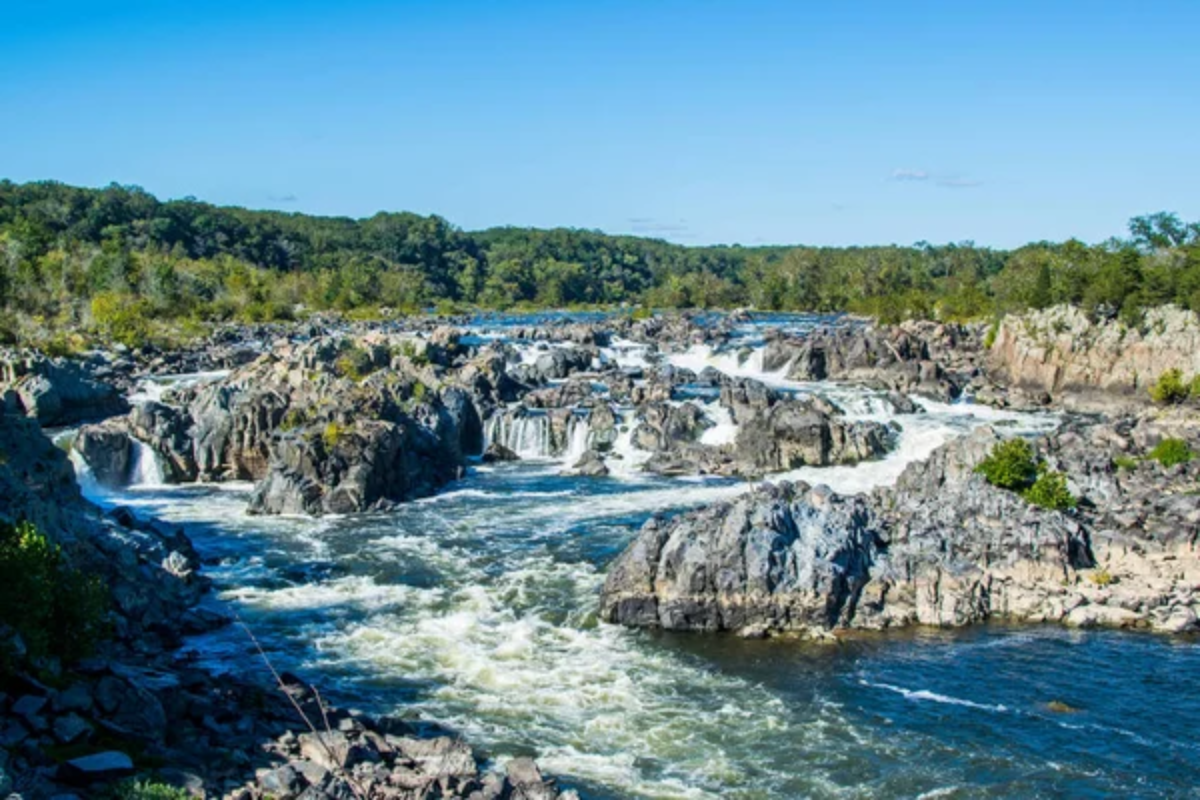
This 35-foot waterfall flows through Carvins Cove Natural Reserve just minutes from downtown Roanoke, creating a popular but relatively unknown destination for local residents. The waterfall drops over quartzite cliffs into a deep pool surrounded by mountain laurel and rhododendron.
The moderate hike to reach the falls follows an old railroad grade, making the approach relatively easy despite the rugged mountain terrain.
Like Travel Pug’s content? Follow us on MSN.
Webber Falls, Tulsa, Oklahoma
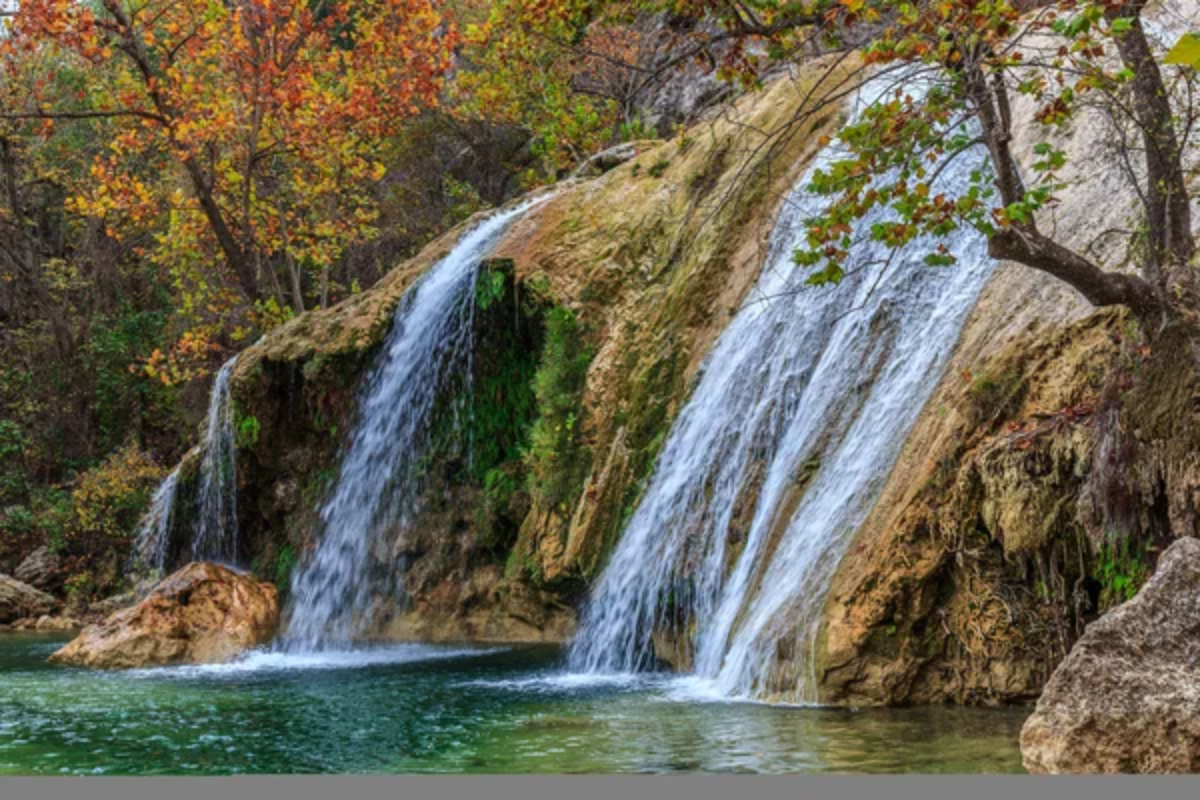
Located on the Arkansas River approximately 45 miles from Tulsa, this natural waterfall spans the entire width of the river during appropriate water levels. The limestone ledge creates a series of cascades and rapids that provide excellent viewing opportunities from the adjacent park and boat ramp areas.
Low-head dams upstream help maintain consistent water levels that keep the falls flowing throughout most of the year.
Noccalula Falls, Gadsden, Alabama
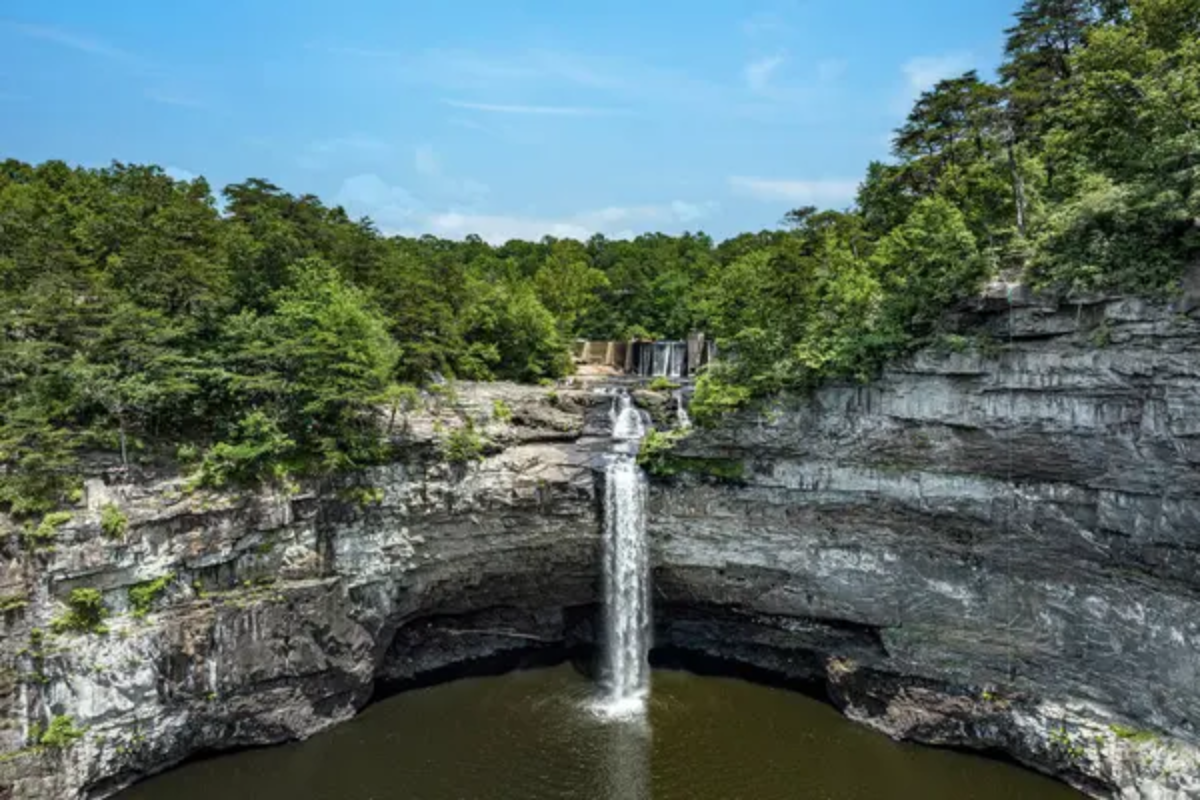
This 90-foot waterfall plunges over sandstone cliffs within Noccalula Falls Park, just an hour’s drive from Birmingham but unknown to many urban residents. Black Creek drops dramatically into a gorge surrounded by walking trails that provide multiple viewing angles of the impressive cascade.
The park includes camping facilities and botanical gardens, making this waterfall part of a larger recreational complex that extends the visiting experience.
Rainbow Falls, Watkins Glen, New York
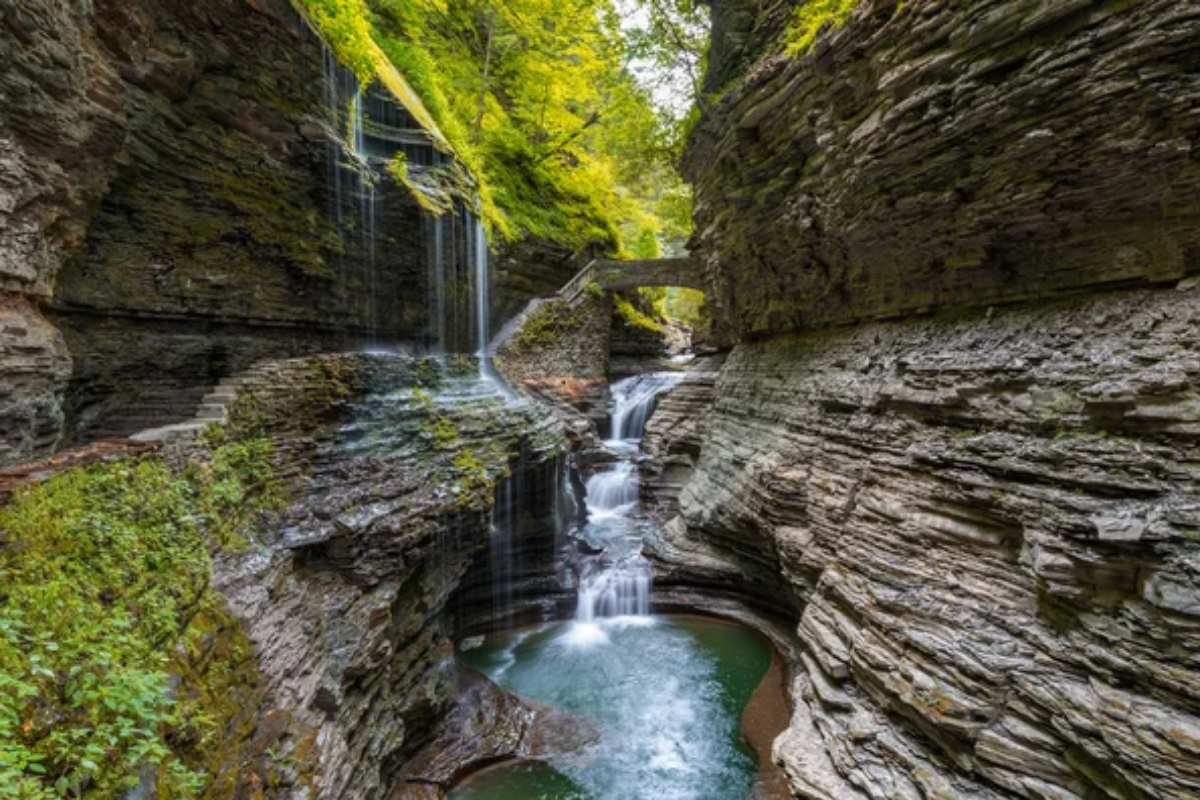
Located in Watkins Glen State Park near the Finger Lakes, this waterfall represents one of 19 cascades within a narrow gorge that cuts through downtown Watkins Glen. The falls drop 60 feet behind a natural stone bridge, creating dramatic viewing opportunities along the established trail system.
Despite being within walking distance of shops and restaurants, many visitors to the area never venture into the gorge to discover these remarkable geological features.
Like Travel Pug’s content? Follow us on MSN.
Mill Creek Falls, Youngstown, Ohio
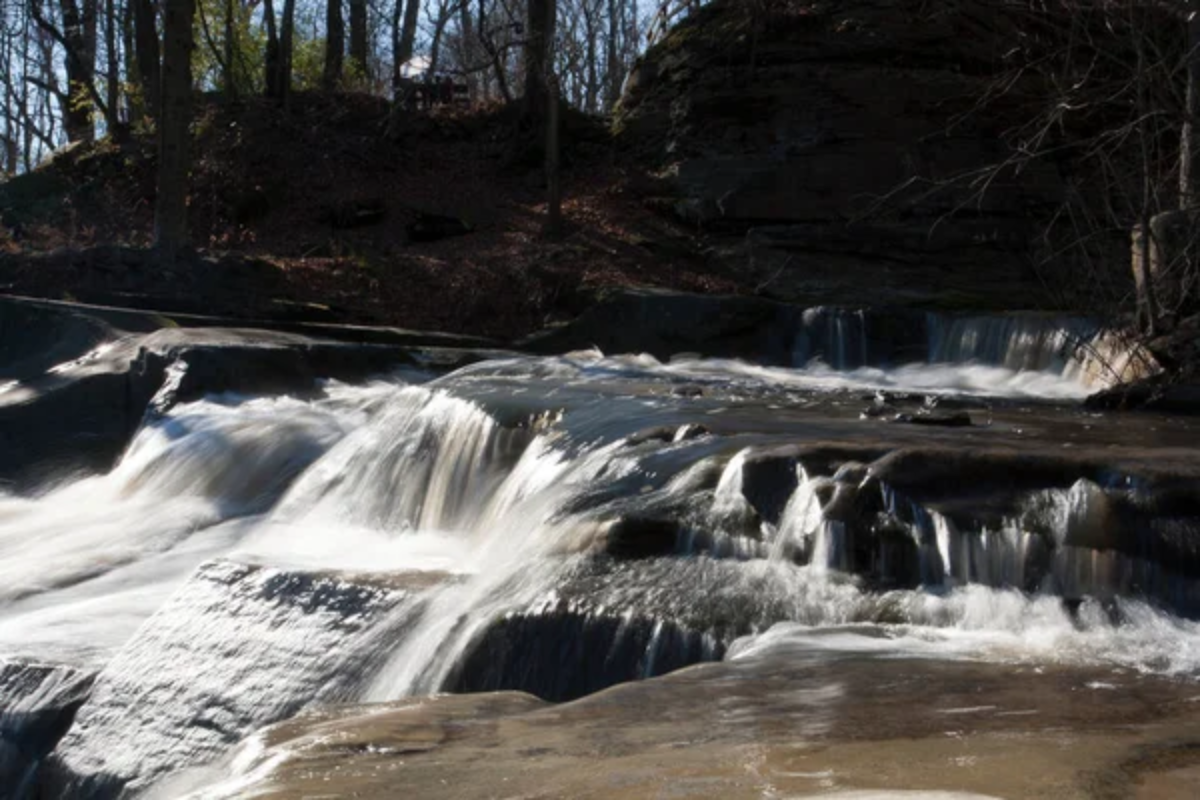
Hidden within Fellows Riverside Gardens in Mill Creek Park, this waterfall flows year-round just minutes from downtown Youngstown. The cascade drops approximately 30 feet over sandstone ledges in a setting enhanced by carefully maintained landscaping that preserves the natural character.
The easy walking trails provide access to multiple viewpoints while connecting to the broader trail system throughout Mill Creek MetroParks.
Tumwater Falls, Olympia, Washington
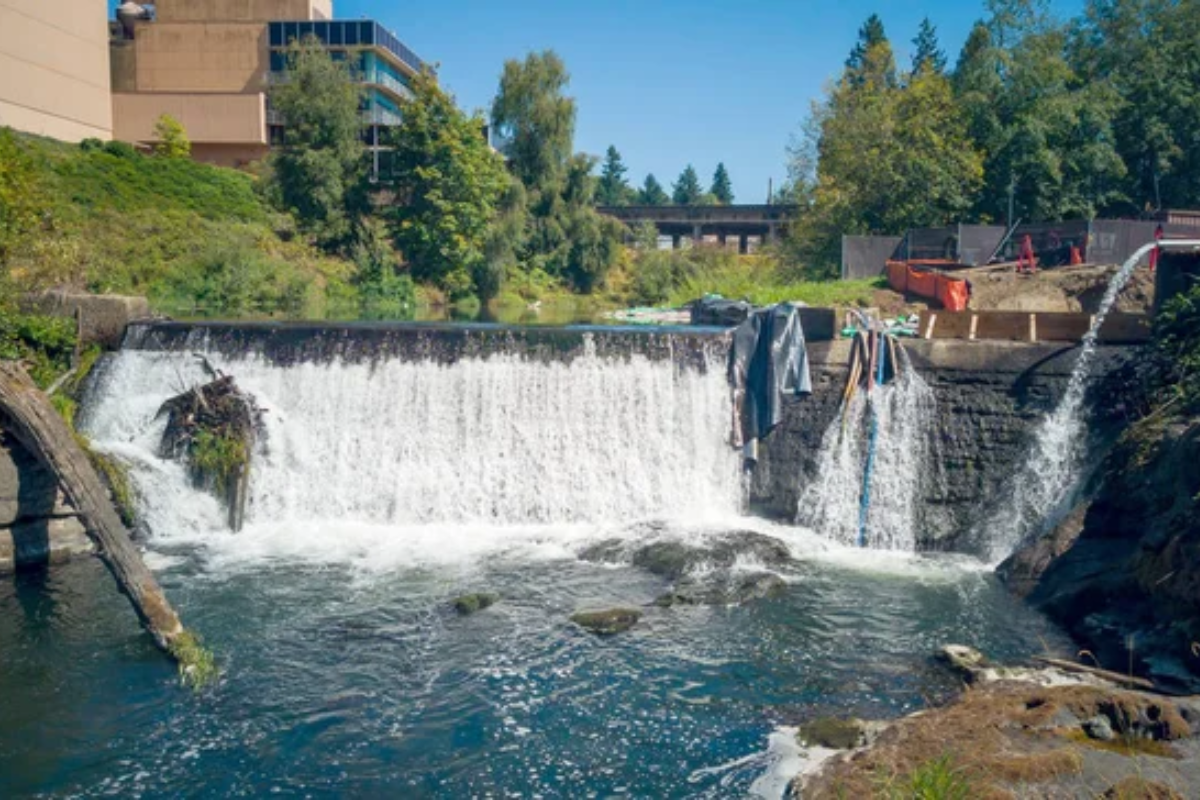
The Deschutes River creates a series of waterfalls as it approaches Puget Sound, flowing directly through the city of Tumwater, adjacent to Olympia. These cascades powered the region’s first industries and continue to generate electricity while providing recreational opportunities in downtown Tumwater Falls Park.
The easy walking trails connect multiple viewpoints of the various falls and rapids while interpretive signs explain the area’s industrial and natural history.
Buttermilk Falls, Ithaca, New York
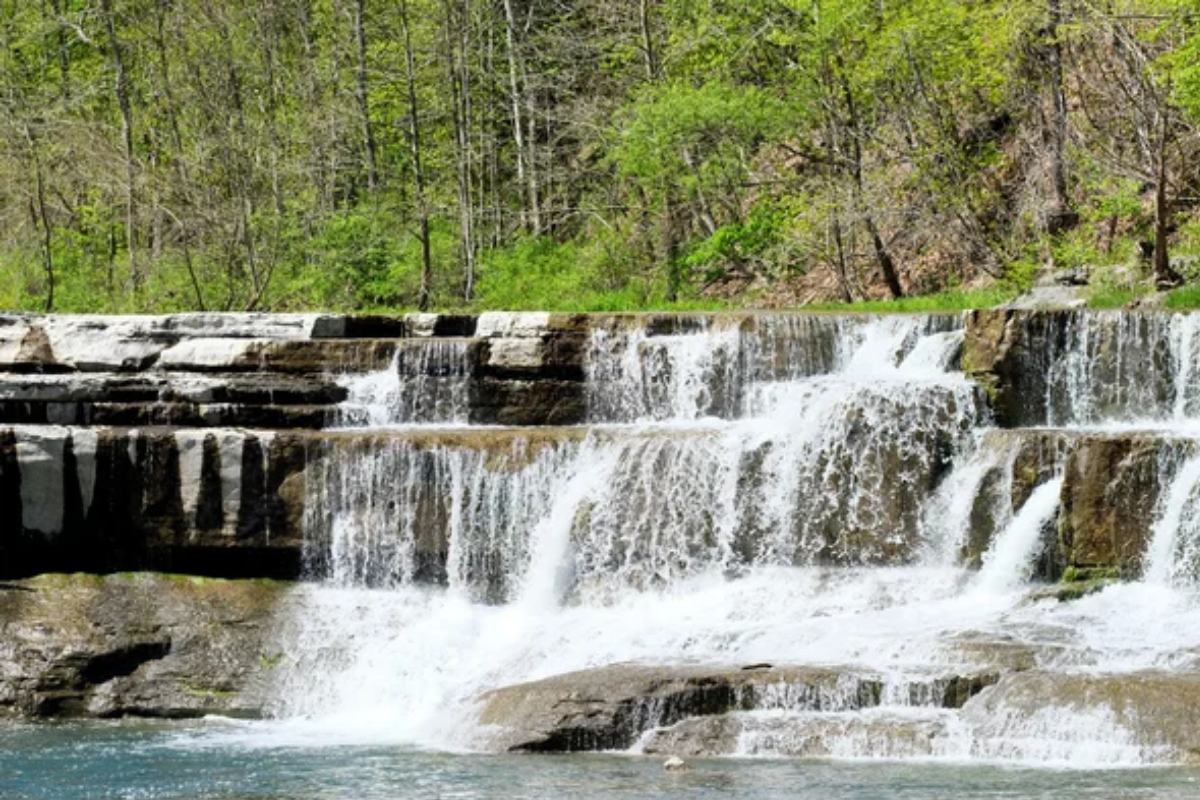
This waterfall system begins just outside downtown Ithaca and continues through Buttermilk Falls State Park, creating a series of cascades and pools carved into shale bedrock. The main waterfall drops 165 feet in a series of steps that can be viewed from the rim trail or experienced up close via the challenging gorge trail.
Despite being adjacent to Cornell University, many students and visitors never discover this impressive natural feature.
Like Travel Pug’s content? Follow us on MSN.
Janet Falls, Portland, Oregon
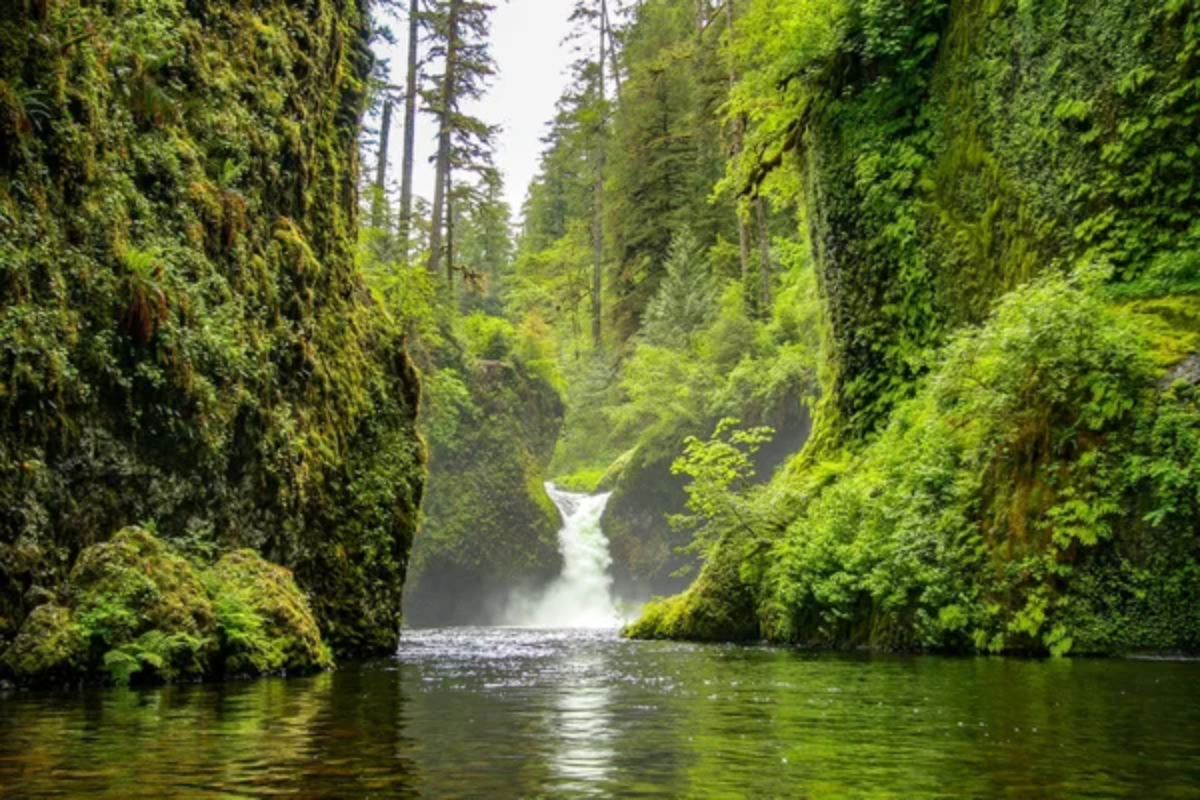
Located in the Columbia River Gorge just 30 minutes from downtown Portland, this 249-foot waterfall remains less visited than its famous neighbors like Multnomah Falls. The waterfall drops in two tiers through old-growth forest, creating intimate viewing experiences along the established trail system.
The relatively short hike and proximity to the Historic Columbia River Highway make this an accessible urban escape for Portland residents.
Scott Falls, Munising, Michigan
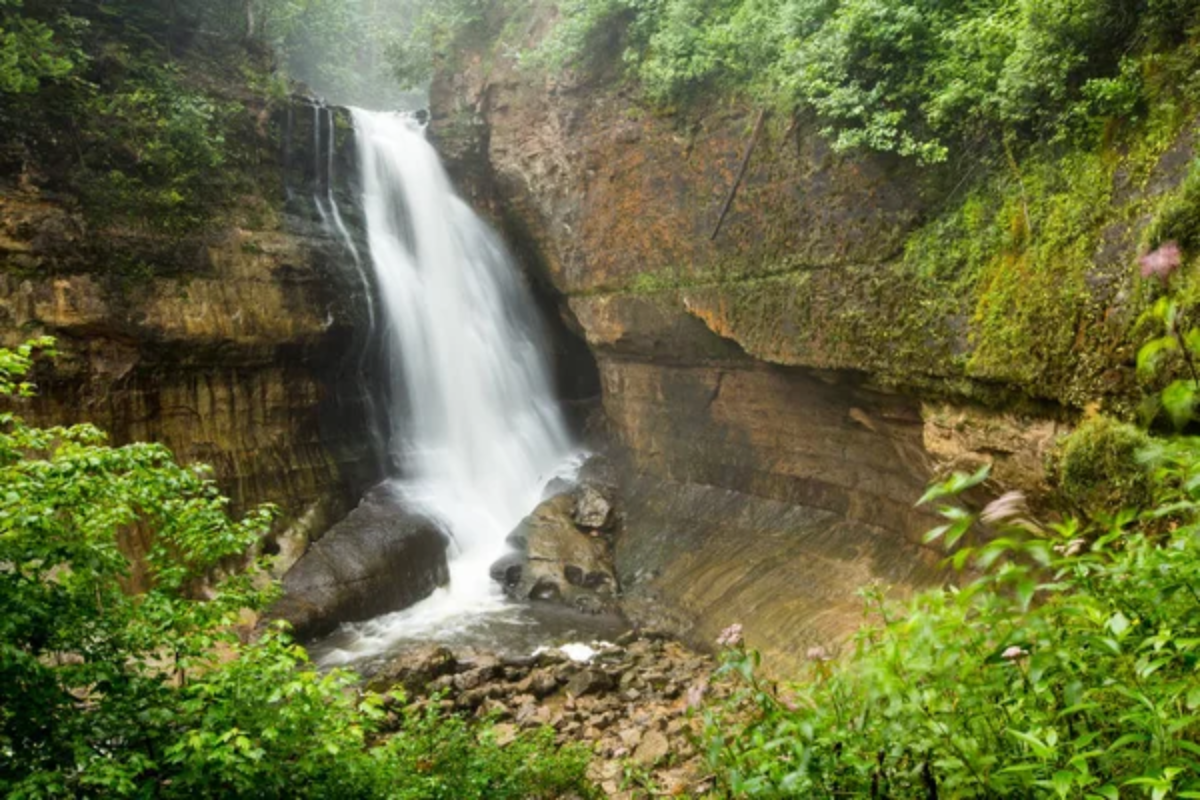
This roadside waterfall flows directly under Michigan Highway 28 as Scott Creek plunges 50 feet over sandstone cliffs near Lake Superior. The waterfall can be viewed safely from a pullout area without hiking, making it one of the most accessible waterfalls in the Upper Peninsula.
Despite its proximity to Pictured Rocks National Lakeshore, many visitors driving between Munising and Grand Marais miss this impressive roadside cascade.
Weeping Rock Falls, Zion National Park, Utah
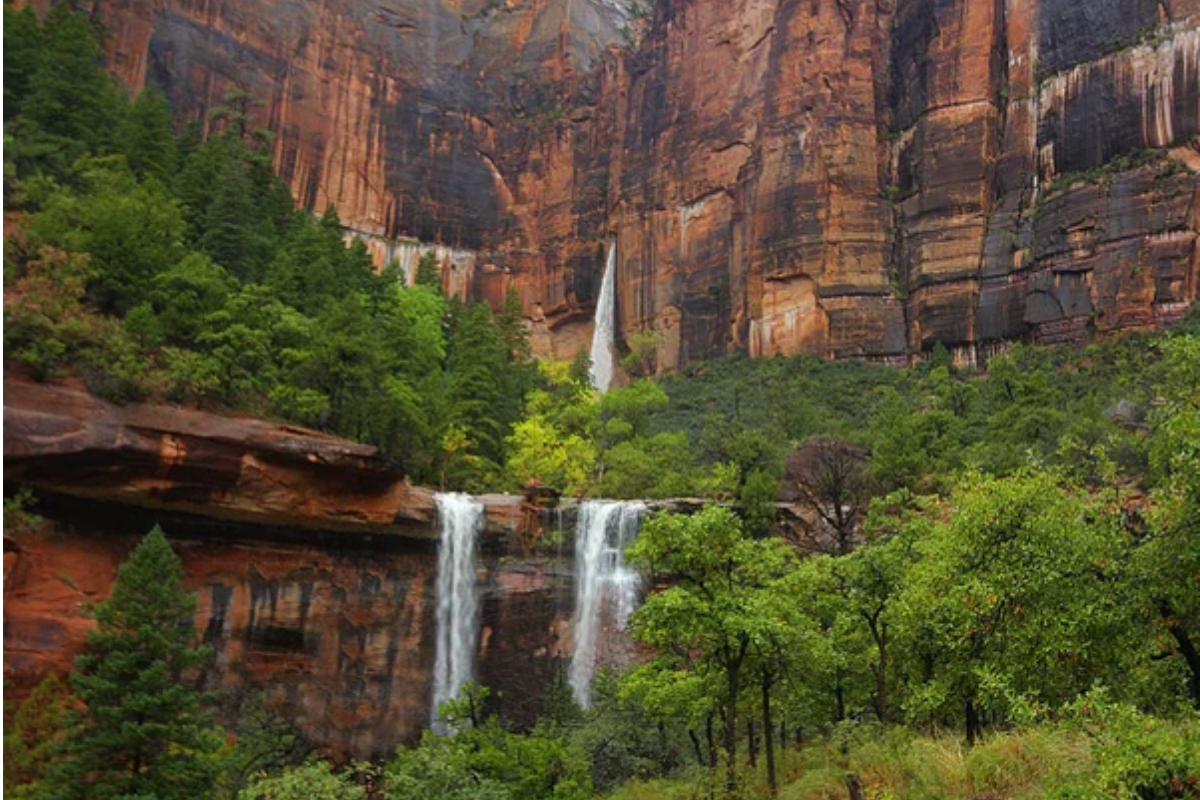
While technically within a national park, this waterfall sits just outside the town of Springdale and provides an easily accessible natural experience for visitors to the Zion area. Spring and snowmelt create impressive flows as water seeps through sandstone cliffs and drops into the Virgin River below.
The paved trail to the alcove beneath the falls makes this waterfall accessible to visitors of varying mobility levels while providing shelter from desert heat.
Like Travel Pug’s content? Follow us on MSN.
Hidden Waters in Urban Landscapes

These urban waterfalls demonstrate how natural features persist and thrive even as cities develop around them. The preservation of these cascading waters often reflects community values that prioritize natural amenities alongside urban infrastructure.
Many of these waterfalls provide not just scenic beauty but also important ecological functions, creating microclimates that support diverse plant and animal communities within metropolitan areas. Discovering these hidden gems requires curiosity and a willingness to explore beyond main thoroughfares.
However, the rewards include peaceful natural experiences that restore perspective and connection to the natural world that still flows through our cities.
More from Travel Pug

- Cities Growing so Fast You Won’t Recognize Them in 10 Years
- 13 Destinations Where Tourists Regularly Regret Their Trip
- 16 U.S. Cities That Are Quietly Becoming Travel Hotspots
- Where to Travel If You Love Long Bus Rides and Daydreams
- 20 Cities Perfect for Solo Travelers Who Crave Adventure & Culture
Like Travel Pug’s content? Follow us on MSN.
